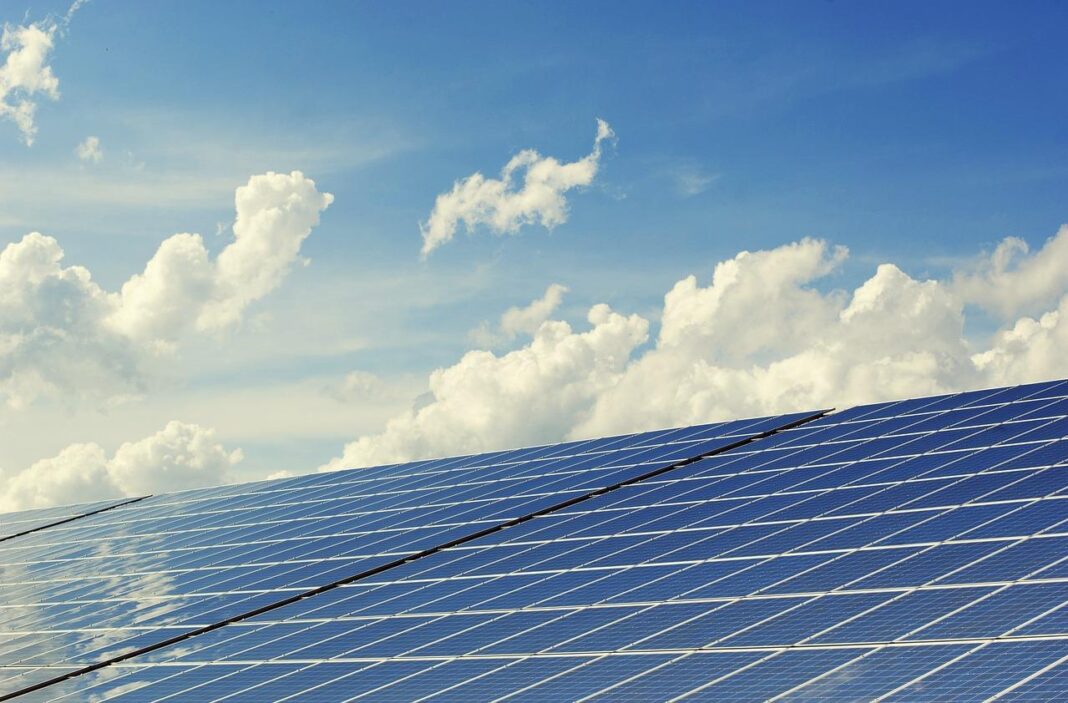The primary energy source for many countries over the past century has been fossil fuels. These include oil, gas, and coal, which are burned to produce energy. The problem with these energy sources is how damaging they are to the environment, a realisation that is leading many countries to switch to new energy sources. These are either renewable or low-carbon options that have a much lower environmental impact.
Solar
Solar is one of the cleanest and cheapest energy sources. This is because, besides the solar panels and batteries, nothing else is required to produce and store it. You can set up solar panels for homes, schools, and even large industries and not have to think about energy production for at least 25 years.
Solar panels convert the sun’s rays into an electric current that either charges a battery or powers different equipment. This is an oversimplification, of course, but it shows why solar is so versatile as long as you have sun. While this can seem like a huge problem in areas that do not have much of it, we now have solar panels that produce power in all conditions, and the storage density of batteries is getting much better. This means we will need fewer batteries of larger capacities to store power in the future.
Wind
Large wind turbines harness the kinetic energy of wind. These turbines can be placed on land where there is a lot of wind or offshore where they will interrupt wildlife as little as possible.
While humans have been harnessing the power of the wind for centuries for activities like grain grinding, we are still improving how we leverage it to create electricity. We are just starting to leverage larger and taller turbines with more kinetic energy and can harness the wind much better for this purpose.
Even though wind speeds vary globally, the potential for wind energy generation surpasses worldwide demand. If we can learn how to harness more wind energy or invest more resources into it, we can theoretically rely on it for most of our energy production.
Syngas
The impact of burning fossil fuels and using them as an energy source has led to extensive research into low-carbon fuel alternatives that can be used alongside renewable energy sources. In recent years, many companies have become interested in syngas, a synthetic gas that contains hydrogen and sometimes hydrocarbons. Syngas is usually produced through a process known as gasification, which produces a product with impurities. These impurities can damage equipment and cause environmental pollution, so they are removed through a process known as washing. There are several syngas scrubbing processes, including the more popular wet gas scrubbing.
Ocean Energy
While it remains underdeveloped compared to other sources, ocean energy holds tremendous potential if we can harness the kinetic energy of our oceans effectively. That said, numerous prototypes that already harness wave and tidal energy hold a lot of promise and are showing the potential this energy source holds.
With more people realising the devastating effects of burning fossil fuels for energy, many countries are transitioning to cleaner sources of power. It will take some time to transition away from what we have used for the last century, but these new energy sources are much better for the Earth so there isn’t really a choice.


